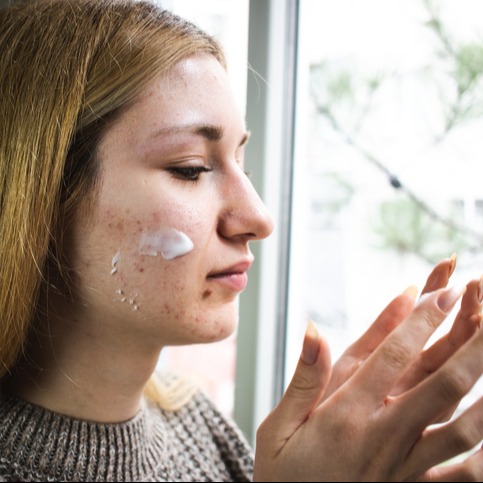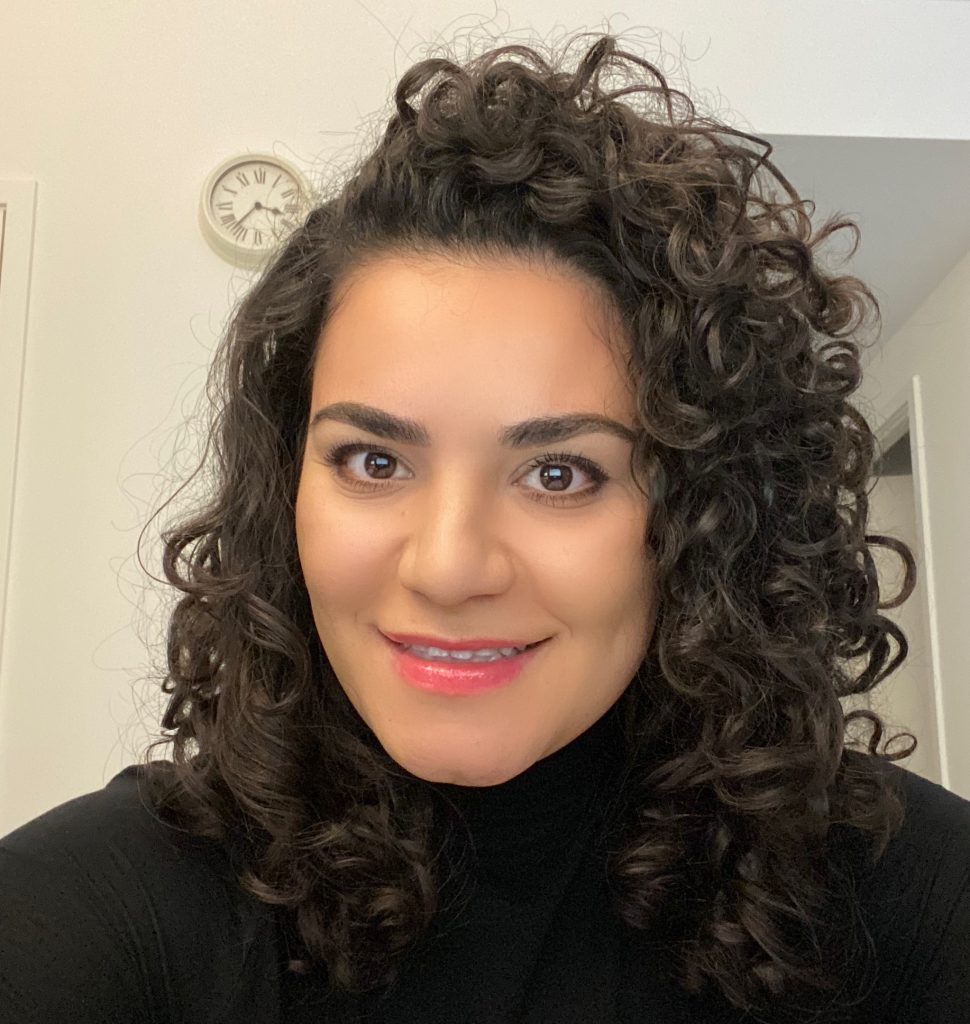
Author’s Note: The details about “Jamie’s” case are fictionalized to protect his privacy. However, the story of Jamie’s victory over acne is entirely accurate. A licensed healthcare professional should direct any course of treatment with a prescription medicine.
Acne vulgaris, commonly referred to as “acne” ranks among the most prevalent conditions treated in adolescent medicine clinics. Throughout my practice, I've found that adolescents are remarkably motivated to collaborate in the treatment of acne, more so than with any other condition.
Acne can significantly affect a teenager's self-esteem, often leading to feelings of embarrassment, self-consciousness, and diminished self-worth. Adolescence represents a critical period of social and emotional development, where appearance plays a pivotal role in shaping one's identity and sense of belonging. For many teenagers, acne serves as a visible symbol of imperfection, triggering feelings of insecurity and inadequacy.
The visible nature of acne lesions, especially on the face, can attract unwanted attention and scrutiny from peers, leading to teasing, bullying, or exclusion. Teenagers often feel pressured to conform to societal beauty standards, prioritizing clear, blemish-free skin. The presence of acne can erode confidence and make teenagers feel unattractive or undesirable.
The psychological toll of acne goes far beyond its visible symptoms, affecting not only physical appearance but also deeply impacting interpersonal relationships, academic success, and engagement in social activities. For numerous teenagers, the distress caused by acne can lead to withdrawal from social interactions and reluctance to partake in activities they once found pleasure in, all driven by concerns over their outward appearance. As they retreat from social circles, feelings of loneliness and depression can intensify, fostering a detrimental cycle of low self-esteem and further exacerbating the emotional burden of acne.
The constant focus on acne and efforts to conceal or treat it can become all-consuming, detracting from other aspects of a teenager's life and sense of self. Without proper support and intervention, the emotional toll of acne can persist long-term, impacting mental health and overall well-being. Therefore, addressing the psychosocial impact of acne is essential in promoting resilience and fostering a positive self-image among teenagers.
For these reasons, when recommending a course of treatment to an adolescent with acne, they often concentrate 100% of their efforts on tackling the problem.
What Is Acne?
Acne is characterized by the formation of blackheads, pimples, and (more extensive) blemishes, and in severe cases, nodules and cysts. Like many conditions, its severity can vary widely from person to person.
Case Presentation
Jamie was 16 when he presented to my adolescent medicine clinic with a six-month history of persistent acne on his face. He reported multiple blackheads, pimples, and occasional blemishes, which significantly impacted his self-esteem and quality of life. Despite trying over-the-counter benzoyl peroxide and salicylic acid treatments previously, he experienced minimal improvement.
Clinical Examination
Upon examination, Jamie had several open and closed blackheads and red bumps scattered across his forehead, cheeks, and chin. There were no signs of scarring or nodular lesions. I diagnosed him with moderate acne vulgaris based on clinical presentation.
Treatment Plan
I prescribed topical tretinoin cream 0.025% to be applied once daily in the evening after washing the face with a gentle cleanser. I advised Jamie to use a moisturizer to minimize irritation and to apply sunscreen during daytime hours due to the increased photosensitivity associated with tretinoin use. Additionally, I counseled Jamie about the potential for an initial worsening of acne and recommended that he remain patient and consistent with the treatment regimen.
Follow-up
Jamie returned to the adolescent clinic after four weeks of treatment, thrilled with the results. He reported experiencing mild irritation and dryness during the first two weeks but noted gradual improvement afterward. On examination, there was a noticeable reduction in blackheads and blemishes, with an overall improvement in skin texture and tone. I encouraged Jamie to continue using the topical tretinoin as prescribed and to adhere to his daily skincare routine.
Outcome
At the three-month follow-up visit, Jamie demonstrated significant clearance of acne lesions, with only a few residual comedones and minimal erythema. He reported a marked improvement in self-esteem and overall satisfaction with his skin's appearance. The treatment was well-tolerated, and Jamie expressed willingness to continue using topical tretinoin for maintenance therapy.
Things to Think about when Considering Topical Tretinoin Therapy
While highly effective in treating acne, topical tretinoin can also lead to various adverse effects, particularly during the initial stages of treatment. Common adverse effects include skin irritation, dryness, redness, and peeling. These symptoms often occur as the skin adapts to the medication and may subside with continued use. However, some individuals may experience persistent or severe side effects that require medical attention.
In addition to local skin reactions, tretinoin can increase skin sensitivity to sunlight, leading to a higher risk of sunburn and damage. Patients on tretinoin should be advised to use sunscreen and avoid prolonged sun exposure to minimize this risk. Furthermore, tretinoin may cause transient worsening of acne lesions, known as a "purge" reaction before improvement. This can be distressing for patients and may require reassurance and support from healthcare providers.
Less common but potentially severe adverse effects of topical tretinoin include allergic reactions, such as rash, itching, or swelling, and systemic absorption, which can lead to vitamin A toxicity. Patients should be educated on recognizing signs of an allergic reaction and instructed to discontinue use and seek medical attention if symptoms occur.
Given the potential for adverse effects and the need for individualized management, close contact with a healthcare provider is essential throughout treatment with topical tretinoin. Healthcare providers can offer guidance on proper application techniques, advise on using adjunctive therapies to manage side effects, and monitor the patient's response to treatment. Regular follow-up visits allow for assessing treatment efficacy, making therapy adjustments as needed, and early detection of adverse reactions or complications. By maintaining open communication with their healthcare provider, patients can optimize the benefits of topical tretinoin while minimizing the risk of adverse effects.
Conclusion
Topical tretinoin is an effective and well-tolerated treatment option for adolescents with acne. Early initiation of therapy, combined with patient education and support, can lead to successful outcomes and improved quality of life. Further studies are warranted to explore tretinoin's long-term efficacy and safety in this patient population.
Sources
Pilkington, S. M., Bulfone-Paus, S., & Griffiths, C. E. M. (2019). Inflammaging and the skin. Journal of Investigative Dermatology, 139(11), e1-e6. https://doi.org/10.1016/j.jid.2019.07.721
Farris, P. K. (2012). Idebenone, green tea, and Coffeeberry® extract: new and innovative antioxidants. Dermatologic Therapy, 25(5), 322–329. https://doi.org/10.1111/j.1529-8019.2012.01520.x
Rocha, M. A., & Bagatin, E. (2022). Skin barrier and microbiome in acne. Archives of Dermatological Research, 314(5), 297-305. https://doi.org/10.1007/s00403-021-02214-5
Schagen, S. K., Zampeli, V. A., Makrantonaki, E., & Zouboulis, C. C. (2022). Discovering the link between nutrition and skin aging. Dermato-Endocrinology, 4(3), 298-307. https://doi.org/10.4161/derm.22876
Vaughn, A. R., Notay, M., Clark, A. K., & Sivamani, R. K. (2022). Skin-gut axis: The relationship between intestinal bacteria and skin health. World Journal of Dermatology, 11(1), 6-12. https://doi.org/10.5314/wjd.v11.i1.6
 Medically reviewed by
Medically reviewed by 





